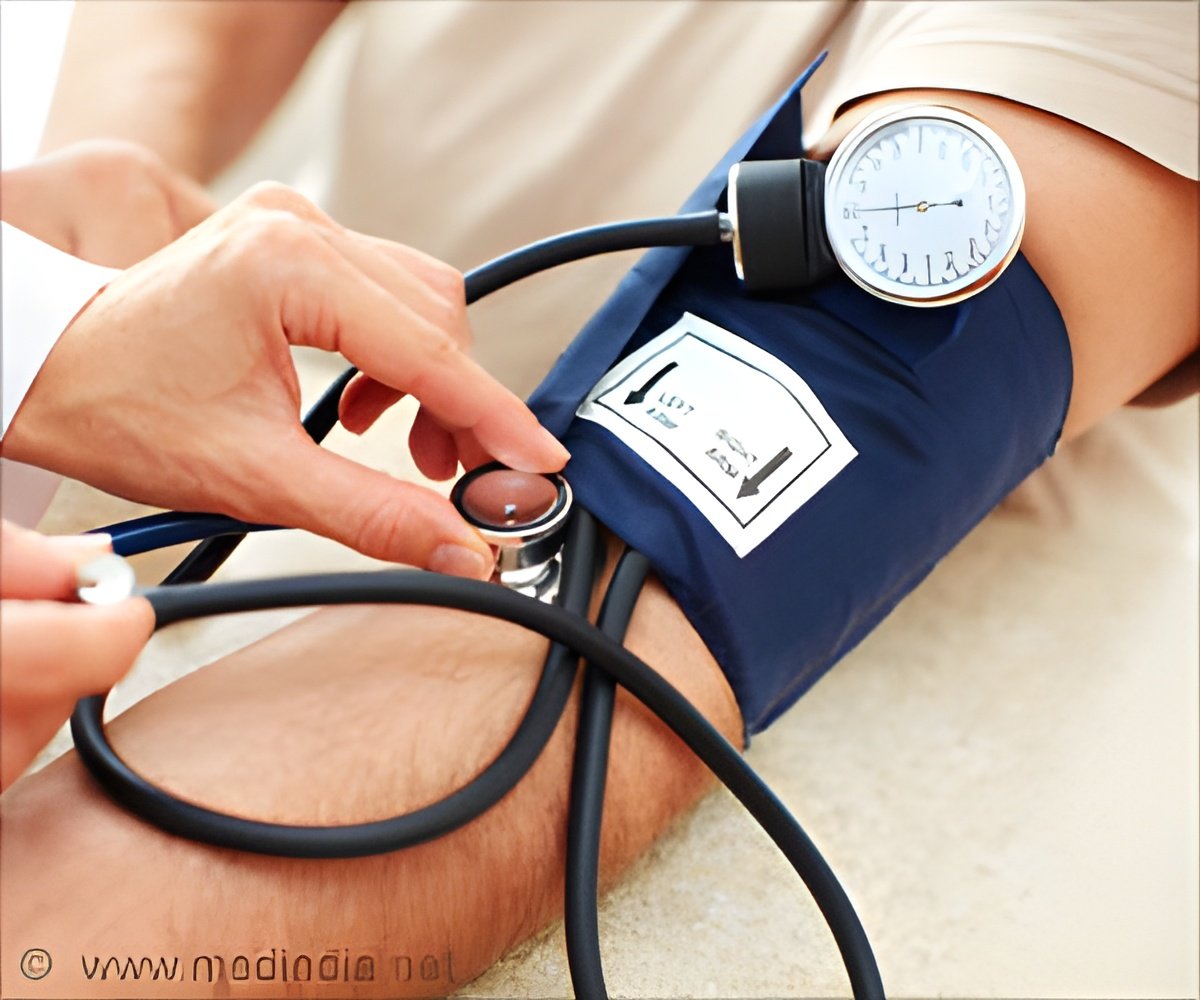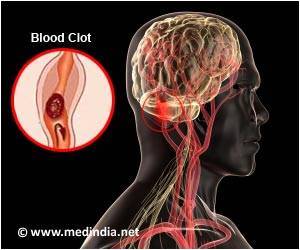
‘Direct catheter-based thrombectomy performed in a timely manner may be an alternative to thrombectomy after bridging thrombolysis.’
Tweet it Now
Functionally independent survival (defined as a modified Rankin Scale2 score of 0-2) after these major strokes increases to approximately 20% to 30% with thrombolytic treatment in specialised stroke units. But the majority of patients still die or remain permanently disabled. In 2015 several randomised trials demonstrated that 45% to 50% of patients can survive and be functionally independent with catheter-based (endovascular) mechanical thrombectomy. If the intervention is performed very early (within three hours from stroke onset), the results are even better - up to 70% of patients may return to normal daily life. Thus, catheter-based mechanical thrombectomy is now recommended for all patients with acute ischaemic stroke caused by a major artery occlusion.
However, many questions remain, of which two were investigated in this pilot study. First, whether direct (without thrombolysis) cathether-based thrombectomy (d-CBT) can achieve comparable results to thrombectomy performed after intravenous ("bridging") thrombolysis. And second, whether catheter-based thrombectomy performed in interventional cardiology departments (when no interventional neuroradiology department is available) can achieve results comparable to neuroradiology settings.
Professor Widimsky said: "The study aim was to evaluate the feasibility and safety of d-CBT performed in close cooperation between cardiologists, neurologists and radiologists - a true interdisciplinary approach."
PRAGUE-164 was a prospective, observational pilot registry study. It included 103 patients who presented within six hours from the onset of moderate to severe acute ischaemic stroke. Patients had an occluded major cerebral artery but no large ischaemia yet on a computed tomography (CT) scan. The attending neurologist decided whether patients received d-CBT or bridging thrombolysis plus CBT based on the clinical picture and CT scan. The intervention was performed within 60 minutes of the CT scan.
Advertisement
Professor Widimsky said: "In our study, 41% of patients who received direct catheter-based thrombectomy had good functional recovery. This compares to 48% of patients given this intervention in seven randomised trials5 performed in expert neuroradiology units. However, our outcomes are significantly better than patients in the trials who received medical therapy (intravenous thrombolysis) alone, of whom only 30% recovered."
Advertisement
Source-Medindia









